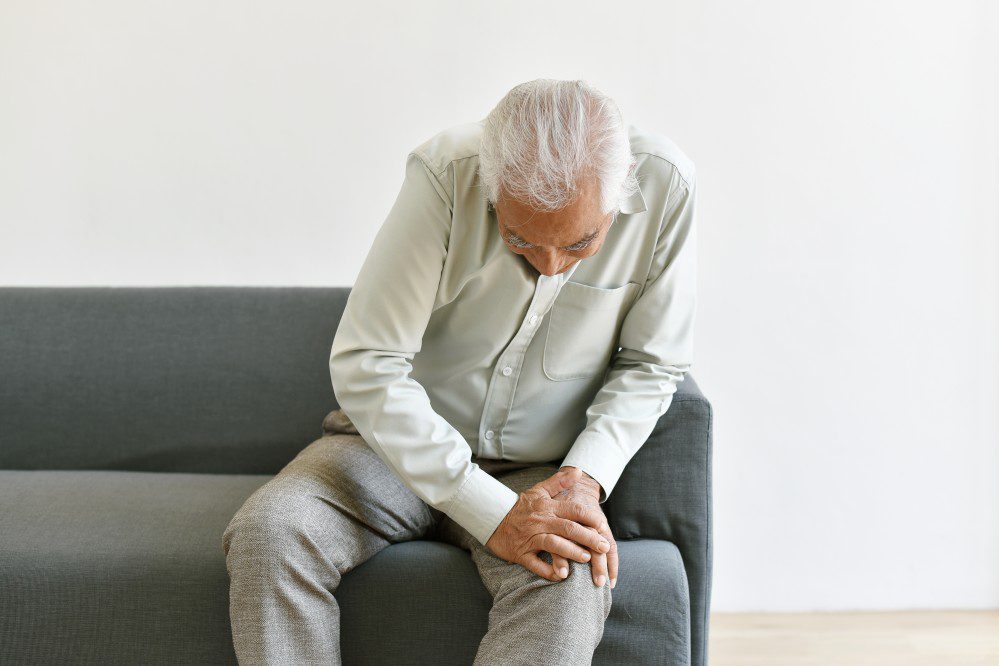Chronic Pain Treatments
Chronic Pain Treatment Options
Causes
Symptoms
Treatment
Tips
Common Chronic Pain Causes
Accidents, surgeries, and degenerative conditions can all play a role in causing chronic pain. Alternately, it could begin with a sudden, severe (acute) pain that comes and goes in waves with increasingly brief lulls in between.
These are some of the potential causes of chronic pain:
- Blunt force or injury to the affected part of the body
- Damage to the nervous system or an injury sustained during surgery
- Scleroderma (chronic tightening and tightening of the connective tissues and skin)
- Pressure from a blood vessel that presses against a nerve
- Multiple sclerosis
- A tumour
Some chronic diseases, such as arthritis and degenerative disc disease, can develop with age. Osteoporosis, carpal tunnel syndrome, migraines, neuropathy, diabetes, fibromyalgia, cardiovascular disease, irritable bowel syndrome, and sciatica are all painful conditions.
Common Chronic Pain Symptoms
It is possible to have chronic pain that is either minor or severe. The discomfort recurs frequently but subsides between outbursts.
The period between these remissions decreases as the severity of the condition increases, marking a transition from acute to chronic illness. Chronic pain can be of varying natures, such as:
- Neuropathic pain: Pain caused by injury to the nervous system. Potential signs include sensitivity, numbness, tingling, or an ache.
- Phantom pain: Occurs after amputation and can be very real. So, even though your missing limb isn't physically present, you still experience the ache from it.
- Central pain: Pain in the central nervous system is common, usually due to infarction or other issues affecting the brain or spinal cord. The central nervous system is constantly experiencing the pain of varying intensities. People experiencing central pain often describe it as a burning, aching, or pressing pain.
By understanding how their patients experience discomfort, doctors are better able to make an accurate diagnosis.
The duration of remission from chronic pain varies from patient to patient and is directly related to the underlying reasons. These signs and symptoms may go away for a time, only to reemerge at a later age.
Attacks sometimes come with minor discomfort, throbbing, or burning sensation. However, there may be moments of relief after or between attacks. In addition to continuous pain, the patient may also feel sudden, intense pain lasting only a few seconds or minutes.
Common Treatments For Chronic Pain
There is currently no remedy for chronic pain, unlike acute pain. With a doctor's guidance, there is a wide range of treatment options to choose from after a diagnosis has been made.
Surgery is often the last resort after all non-invasive treatments have been exhausted. The severity and frequency of attacks can be mitigated with the help of certain medications.
In cases of persistent pain or when using the other available drugs (NSAIDs) would cause too many unwanted side effects, surgery may be considered.
Pain can also be treated with percutaneous treatments. During these treatments, a needle is inserted into the skin with the aid of imaging guidance to help the surgeon know exactly where to insert it.
- A neurectomy can also be done by severing the nerve's outer branches, which carry pain signals. Over time, the nerves may heal, bringing on a recurrence of the pain.
- Radio-frequency lesioning can be done by administering heat to the affected nerve through a needle to prevent it from transmitting pain signals. It is also known as radio-frequency ablation, which entails destroying the afflicted nerve.
If you have side effects or ineffectiveness of your prescribed medication, consult with your doctor for advice and treatment options. To avoid allergies or to worsen the condition, it is important not to self-diagnose or self-prescribe medicine.
At-Home Treatment Tips For Your Chronic Pain
Patients who suffer from chronic pain can experience difficulties in their personal and social lives. Pain can be triggered by simple tasks that make individuals avoid contact with others and activities that may exacerbate their pain.
Living with chronic pain can result in depression, anxiety about having an attack while performing daily activities, weight loss, and social isolation, among other things. Patients can live in fear of their condition returning even after the completion of treatment.
You shouldn't mask pain. Chronic pain is manageable, and numerous testimonies from people who have lived with the condition are available online.
- Treatments like biofeedback and cognitive behavioural therapy (CBT) are effective in reducing chronic pain.
- Pilates, yoga, tai chi, swimming, and walking are among the activities that doctors may suggest for patients to reduce chronic pain, enhance posture, and enhance physical function.
- Osteopathic manipulative therapy (OMT) and chiropractic adjustments are common pain treatments that involve the therapist using a variety of hands-on procedures to alleviate symptoms.
You can relieve nerve pain with injections or TENS (transcutaneous electrical nerve stimulation).

Chronic Pain

Neck Pain
Ask us anything, or
schedule a same day
appointment.
